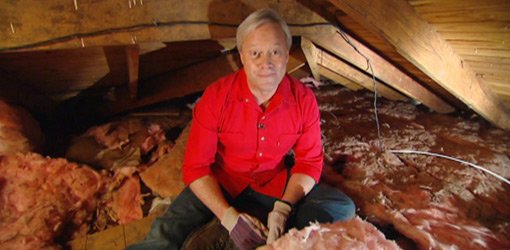The primary reason to insulate any part of the home is to provide a thermal barrier between conditioned heated or cooled interior space and the outdoors or unheated spaces such as an unfinished.
Faced or unfaced insulation in attic over garage.
Whether you choose faced or unfaced insulation for the attic depends on the.
When local building codes require a vapor retardant faced insulation is one of the best options.
When adding more insulation to an attic that already has insulation use unfaced insulation.
Simply peel the facing paper off the top layer of insulation.
If the attic doesn t have any existing insulation use faced insulation with the paper facing toward the heated living space.
Staple it into place by tacking every eight inches or so and take care not to tear away the facing of the insulation.
You should only use faced insulation as the first layer of insulation.
As you ve discovered since you already had insulation in your attic the layer of new insulation you added should have been unfaced to prevent moisture from becoming trapped between the layers.
Facing is a thin layer of paper or plastic attached to one side of batting insulation which is sold in a roll.
Add vapor retarder to avoid problems arising from the condensation of water droplets on it especially during winters.
If you decide to use faced batt insulation instead fit it facing toward the room above the garage.
The kraft paper itself is highly flammable.




























